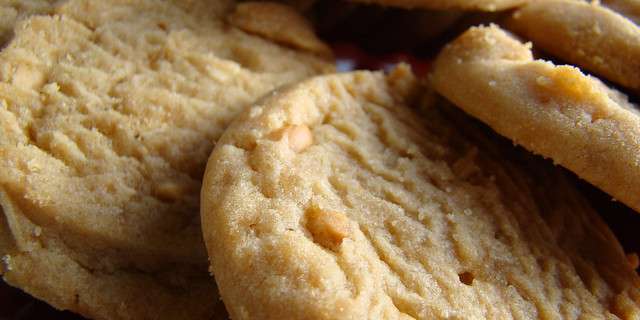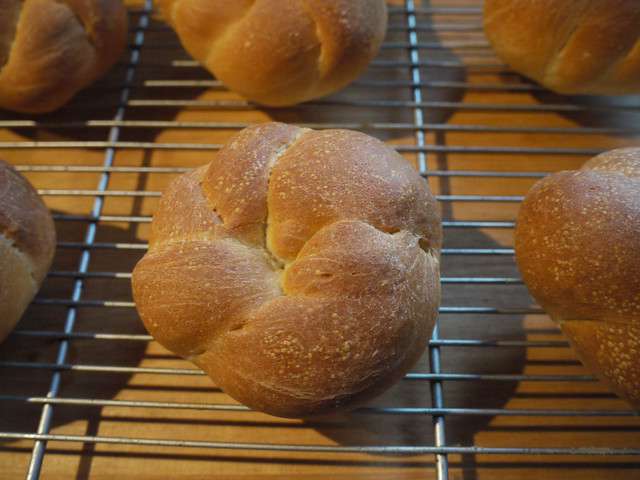
Food samples, such as cookies, require non-contact color measurement to maintain the true color and texture of the food product.
Image Source: Flickr user Vegan Feast Catering
Color analysis is an important part of safety and marketability in the food product industry. Numerous studies have shown that visual acceptance is the first thing consumers rely on when making choices in foods. Food color is so influential it can even change the way humans perceive taste and quality in foods. In fact, the brain has used color as an indication of freshness and food safety since the beginning of time, so it is no wonder that it is still considered an important feature of food products today.
Nearly every food product relies on color analysis during some point in the process it takes for raw materials to reach supermarket shelves. Whether developing a color analysis protocol for determining the ripeness of a crop, during in-line color and process monitoring, or for final product quality analysis, many major food industry leaders rely on spectrophotometric technology to maintain quality and safety standards in their products.
Non-uniform color samples are often poured and measured for true color analysis that best resembles human perspective.
Image Source: Flickr user Procsilas Moscas
For accurate color analysis of poured and placed food items, a non-contact measurement system is ideal. When a sample is measured from a focal point that sees the sample shades and hues as they are seen by the consumer perspective, the most reliable data can be obtained. This information can then be used to create a color-matching system and ensures consistency between sample batches. Consumers place their expectations on food products to maintain consistent color every time and associate these consistencies with quality products and brands.


